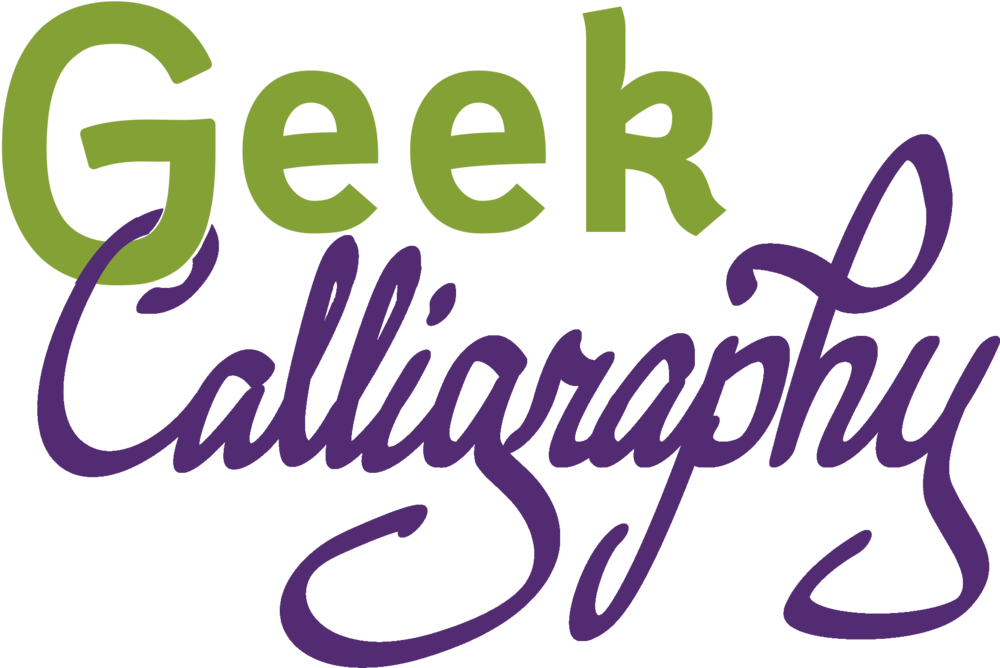Do you remember where you were when you first heard about The Lady Astronaut of Mars? We do. While we can’t send you to the Moon or Mars, we can offer you a gorgeous Art Nouveau print for your wall that we hope will inspire you as much as Dr. Elma York inspires the both of us.
How it Came to Be:
It’s rare that a character grabs both of us in the same way and doesn’t let go. Dr. York is both part of and an exception to that rule. A Jewish protagonist is rare enough for both of us to see. One as well researched and written as Elma York is practically a unicorn. Terri felt the need to tweet at Mary Robinette Kowal while listening to the audiobook:
On the other hand, Elma is solidly Ashkenazi, which leaves Ariela out somewhat as she no longer practices those specific traditions. While there is a mention of the Spanish & Portuguese community of Charleston that resulted in a massive twitter conversation between Ariela and MRK, that’s not enough representation for a community with deep roots in the Southern US that predate the founding of the country. So it’s bittersweet for her, while for Terri it was more than she’d ever seen before.
When discussing authors to approach for more licensed work, Terri brought up approaching Mary Robinette about doing something with these books. Ariela was looking to do more illuminated first pages, and didn’t see how a series set in the 1950’s would work with that aesthetic. Terri pushed, and Ariela conceded that she hadn’t done any Art Nouveau in a while and it would be nice to get back to that. While Ariela was still noodling around with the draft, she found out about the Lady Astronaut fanart contest, and in the middle of the Jewish high holy days Ariela decided that, sure, she was going to try to produce finished painting in less than three weeks in order to meet the contest deadline. It didn’t quite happen, but when we posted the final painting to social media, there were enough inquiries of “Where/when can I buy a print of that?” that we decided to ask MRK about licensing so that we could do a print run.
Needless to say, when Mary Robinette agreed to allow us to sell this print, there was much squeeing. So much squeeing. First of all, the fact that she liked it as much as she did had us fangirling all over the place, let alone allowing us a license to sell the piece. (The signed licensing contract was actually returned during Terri’s brother’s wedding. It is a sign of how excited we both are that it was a worthy interruption of the festivities for Ariela to text Terri about it.)
The circular text is from קדוש לבנה, the blessing of the Sanctification of the Moon, which Jews say once a month when the moon is close to full. It reads:
וְלַלְּבָנָה אָמַר שֶׁתִּתְחַדֵּשׁ עֲטֶרֶת תִּפְאֶרֶת לַעֲמוּסֵי בָטֶן שֶׁהֵם עֲתִידִים לְהִתְחַדֵּשׁ כְּמוֹתָה
And of the moon G-d said that it should renew itself as a crown of glory for those born of the womb, for they are destined to recreate themselves just as it does.
This is a limited edition run of just 100 art prints in the 11”x14” size and only 20 in the 16”x20” size. Each print is matted on a black, archival-safe mat and comes ready to hang. The 11”x14” is $55, and the 16”x20” is $85. Ships flat.








